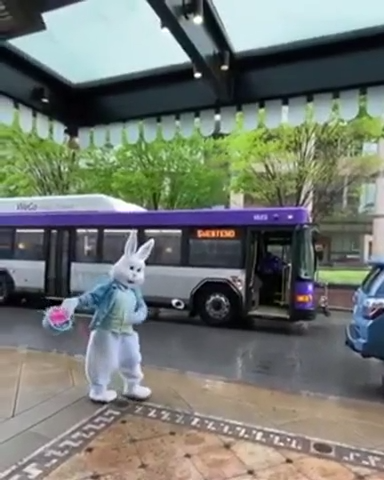When I ride public transit through the streets of Nashville, I see a city filled with characteristic charm, blooming with potential, but that potential cannot be tapped unless Nashvillians embrace transit reform.
Nashville can be a green, sustainable city, with lowered emissions. It can be easily accessible with swift, clean and safe transportation that reaches all areas of the city.
It can be more community-focused with multi-purpose centers that bring neighbors together. Nashville already possesses many of these things to an extent, but it needs transit reform to take it to the next level.
Public transportation should contribute to the culture of a city
I was born and raised in Chicago, and public transportation has been an integral part of my day-to-day life. I did not have access to a car for a large part of my childhood, and even after I have still taken hundreds of train and bus rides to school, work, dinners, birthday parties, concerts and just about anything that gives life its color.
But in Chicago, public transit is not just for folks like me who may not have access to a car; it is part of the city’s identity. My childhood home is just a seven-minute walk from the Blue Line “L” train. This particular line will take you from one end of the city to the other with numerous cultural enclaves, and the bustling tourist and business hub that is downtown Chicago in between.
Many neighborhoods highlight their local train station (the city pours billions of dollars into making them state-of-the-art) and public transportation is a driver of economic activity. More than anything, it’s just plain easier to get around in areas where parking is pricey. Across race, socioeconomic status, or where you live in the city, almost no one is a stranger to the CTA.
So imagine my surprise when I arrived in Nashville and learned that a stigma surrounds riding the bus. Further, many hold the notion that you only use public transportation if you do not have the income to own a car. In fact, only 2.60% of households in Nashville do not own a car, but access or lack thereof should not hinder you from taking advantage of what public transportation has to offer – less road congestion, savings on gas and auto maintenance and reduced carbon footprint among many others.
“Choose How You Move” referendum is a step in the right direction
Mayor Freddie O’Connell’s proposed $3.1 billion “Choose How You Move” transit referendum will attempt to magnify these benefits. Here are the best parts of this plan:
86 miles of new or upgraded sidewalk
The construction of more sidewalks is a must for a more “walkable” city, or the ability to comfortably walk to all of your daily necessities. Outside of the downtown area, it can be difficult to navigate the streets without a car, which is an issue not only for my own convenience but an accessibility issue as well. Walking is the most common mode of transportation for persons with disabilities after the use of personal-owned vehicles, according to the National League of Cities. Additional sidewalks will connect those with mobility issues not only to their nearest bus stop but to the rest of their community.
“Complete Streets” makes cities cleaner, safer and less polluted
The “Complete Streets” project will add to the aforementioned plan by building “multimodal street improvements,” which will allow pedestrians, cyclists, and drivers alike to traverse the streets comfortably. Additionally, the project includes the planting of “wherever possible,” which seems especially needed as the Nashville metro area was ranked No. 79 by the American Lung Association among the most polluted cities in the nation by ozone by the American Lung Association.

Safety of bus drivers and riders must be a priority
No progress can be made toward transit reform without prioritizing the safety of bus drivers and public service workers first.
This is especially pertinent given recent incidents of violence on buses or at the bus station.
Take it from the drivers themselves. I had a conversation last week with a driver for the 14 Whites Creek bus that drives from North Nashville to the state Capitol.
She told me drivers are offered minimal protection against rowdy or violent passengers. She pointed out the nearly useless sheet of hard plastic that separates the driver’s seat from the rest of the bus. She also noted her feeling of helplessness in situations where passengers may be in danger out of her reach. This driver suggested additional Metro police officers be assigned to bus routes. Contracted security staff that will be on board buses is proposed in the Choose How You Move referendum.

I see a bright future for Nashville if it too can make public transportation part of its identity by investing in a safe, accessible, and dignifying riding experience.
Elena Wilson is a summer intern on The Tennessean’s opinion and engagement journalism team. She is a rising senior and journalism major at University of Missouri.
This article originally appeared on Nashville Tennessean: Nashville transit plan makes city cleaner, safer and more inclusive
Signup bonus from





